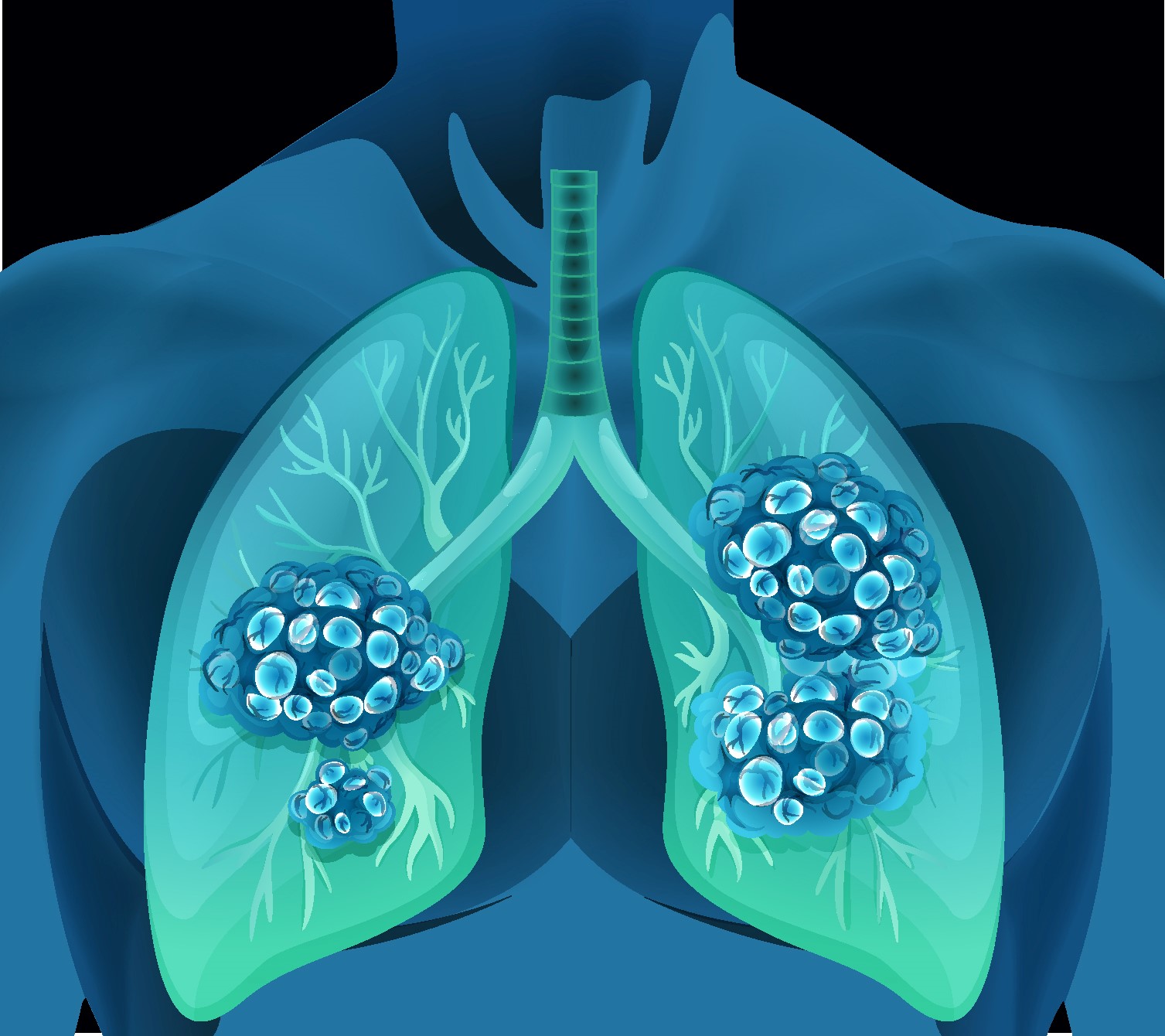Respiratory syncytial virus (RSV) infection during infancy is suggested to cause long-term wheeze. In turn, wheeze has been associated with bacterial dysbiosis of the respiratory tract. We investigated the effects of RSV prophylaxis with palivizumab in otherwise healthy preterm infants on respiratory microbiota composition at 1 year and 6 years of age.
In a multicentre, single-blind, randomised, placebo-controlled trial (the MAKI trial), infants born between 32-35 weeks of gestation, in one university and in 15 regional hospitals in the the Netherlands, were randomly assigned (1:1) to receive palivizumab or placebo during the RSV season of their first year of life. Intramuscular injections of palivizumab 15 mg/kg or placebo were given during one RSV season: either from Oct 1, or from discharge from the neonatal unit until March 10 (minimun of 2 and maximum of 5 injections were given). Children were 6 months old or younger at the start of the RSV season; exclusion criteria included congenital heart disease, bronchopulmonary dysplasia, Down’s syndrome, or other serious congenital disorders, use of mechanical ventilation at birth, treatment with surfactant, or physician-diagnosed wheeze before the start of the RSV season. Children were followed up for clinical symptoms until 6 years of age. For this subanalysis, we obtained nasopharyngeal swabs from children aged 1 year and 6 years and analysed them using 16S-rRNA sequencing. At 6 years we also measured reversible airway obstruction. The primary outcome was the effect of palivizumab during infancy on the respiratory microbiota composition at age 1 year and 6 years (intention-to-treat analysis). The trial is registered in the ISRCTN registry, number ISRCTN73641710.
From April 1, 2008, to Dec 31, 2010, 429 infants were enrolled in the MAKI trial (n=214 to the palivizumab group; n=215 to the placebo group). At 1 year, we collected swabs and sequenced DNA from 170 (40%) of 429 children, of which 145 (85%) samples had high-quality DNA. The overall microbiota composition was significantly different (R 1·3%; p=0·0185) between the palivizumab group and the placebo group at 1 year of life; children in the palivizumab group had a significantly lower abundance of the Staphylococcus-dominated cluster (odds ratio 0·28 [95% CI 0·11-0·68]; p=0·00394), an increased abundance of biomarker species, such as Klebsiella, and a more diverse set of oral taxa, including Streptococcus spp, compared with children in the placebo group. At 6 years, we collected swabs and sequenced DNA from 349 (88%) of 395 children who completed follow-up, of which 342 (98%) samples had high-quality DNA. The overall microbiota composition was not significantly different between groups at 6 years (R 0·6%; p=0·0575); however, children in the palivizumab group had a significantly increased abundance of Haemophilus spp and lower abundance of Moraxella and Neisseriaceae spp compared with children in the placebo group. Absence of PCR-confirmed RSV infection at 1 year was significantly associated with a higher abundance of Haemophilus spp at age 6 years and a significantly lower abundance of Moraxella and Neisseriaceae than children with RSV infection at 1 year. Reversible airway obstruction at 6 years was also positively associated with Haemophilus abundance and negatively associated with the abundance of health-associated taxa, such as Moraxella, Corynebacterium, Dolosigranulum, and Staphylococcus, even after correction for RSV immunoprophylaxis (all: p<0·05). Additionally, reversible airway instruction was associated with significantly higher Streptococcus pneumoniae abundance.
Palivizumab in infancy in otherwise healthy preterm infants is associated with persistent effects on the abundance of specific, potentially pathogenic, microbial taxa in the respiratory tract. Several of the palivizumab-associated biomarker species were associated with reversible airway obstruction at age 6 years. These results warrant further studies to establish the long-term ecological effects and health consequences of palivizumab in infancy.
MedImmune.
Copyright © 2020 Elsevier Ltd. All rights reserved.
Infant respiratory syncytial virus prophylaxis and nasopharyngeal microbiota until 6 years of life: a subanalysis of the MAKI randomised controlled trial.


